Top 5 Most Common Types of Skylight Roofing Materials
Choosing the right skylight roofing material can significantly impact durability, cost, and energy efficiency. The most common options include glass, acrylic, fiberglass, and polycarbonate (available as general sheets and skylight-specific panels). Each of these five materials has unique pros and cons, making them suitable for different building needs. In this guide, we’ll compare their features to help you identify the best choice for your project.
-
1. Glass Skylight Panels
Glass skylight panels remain a popular choice for their elegant appearance and excellent natural light transmission. They work well in modern homes and commercial buildings where aesthetics are a priority.
Pros:
- Premium, elegant look
- High clarity and natural daylight
- Scratch-resistant compared to plastics
Cons:
- Fragile – risk of shattering if not tempered or laminated
- Heavy, requiring stronger support structures
- Higher installation and maintenance costs
Best for homeowners seeking a luxurious look and maximum daylight, provided the budget and structural support can handle the weight.
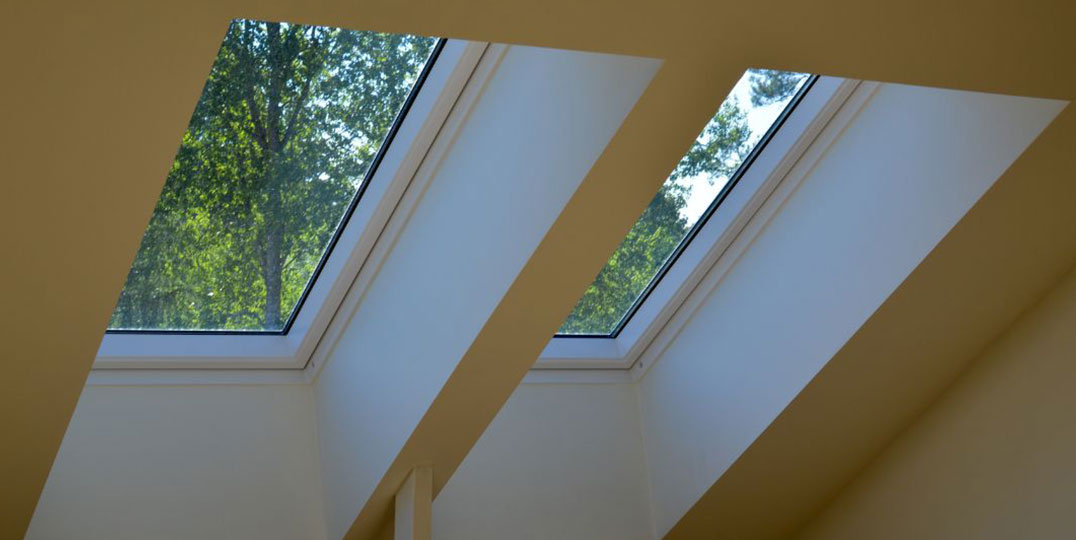
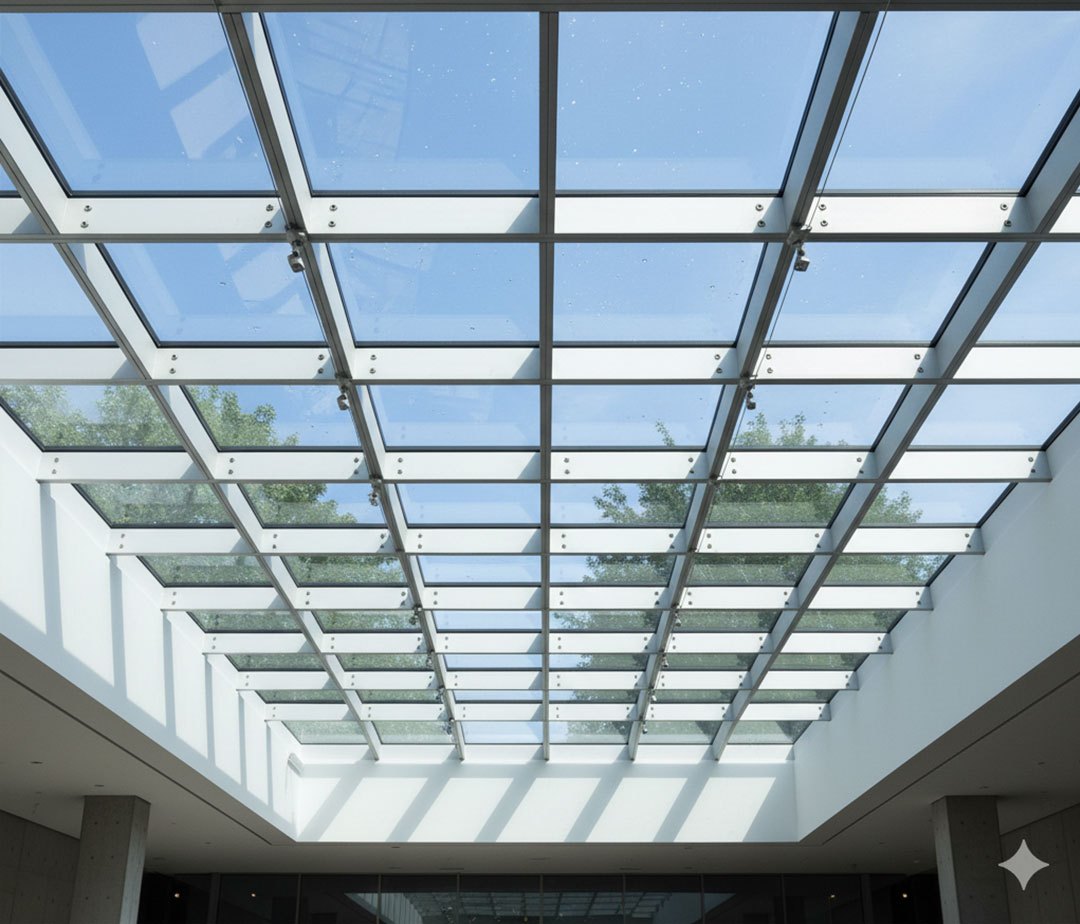
-
2. Acrylic Skylight Panels
Acrylic skylight panels are one of the most budget-friendly options for homeowners. They are significantly lighter than glass, making installation quicker and less costly. This material is often used in DIY projects or smaller roofing applications.
Pros:
- Lightweight and easy to install
- Lower cost compared to glass or fiberglass
- Good light transmission
Cons:
- Less durable – prone to cracking and discoloration over time
- More easily damaged by hail or strong UV exposure
- Shorter lifespan compared to fiberglass or polycarbonate
Best for budget-conscious projects or temporary structures where affordability and ease of installation matter more than long-term durability.
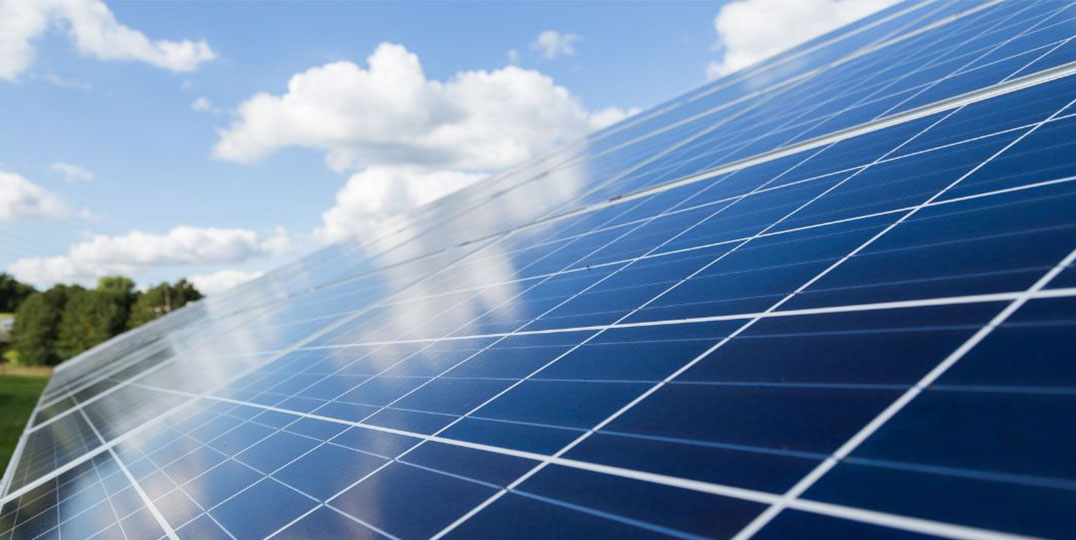
-
3. Fiberglass Skylight Panels
Fiberglass skylight panels are valued for their strength and durability, making them a common choice in industrial and commercial buildings. They provide consistent performance and can withstand harsh weather conditions.
Pros:
- Strong and long-lasting
- Good resistance to corrosion and UV damage
- Provides decent insulation compared to acrylic
Cons:
- Heavier than acrylic and polycarbonate, requiring more structural support
- More expensive than polycarbonate skylight panels
- Can yellow or lose clarity over time
Best for factories, warehouses, and large structures where durability is more important than aesthetics.
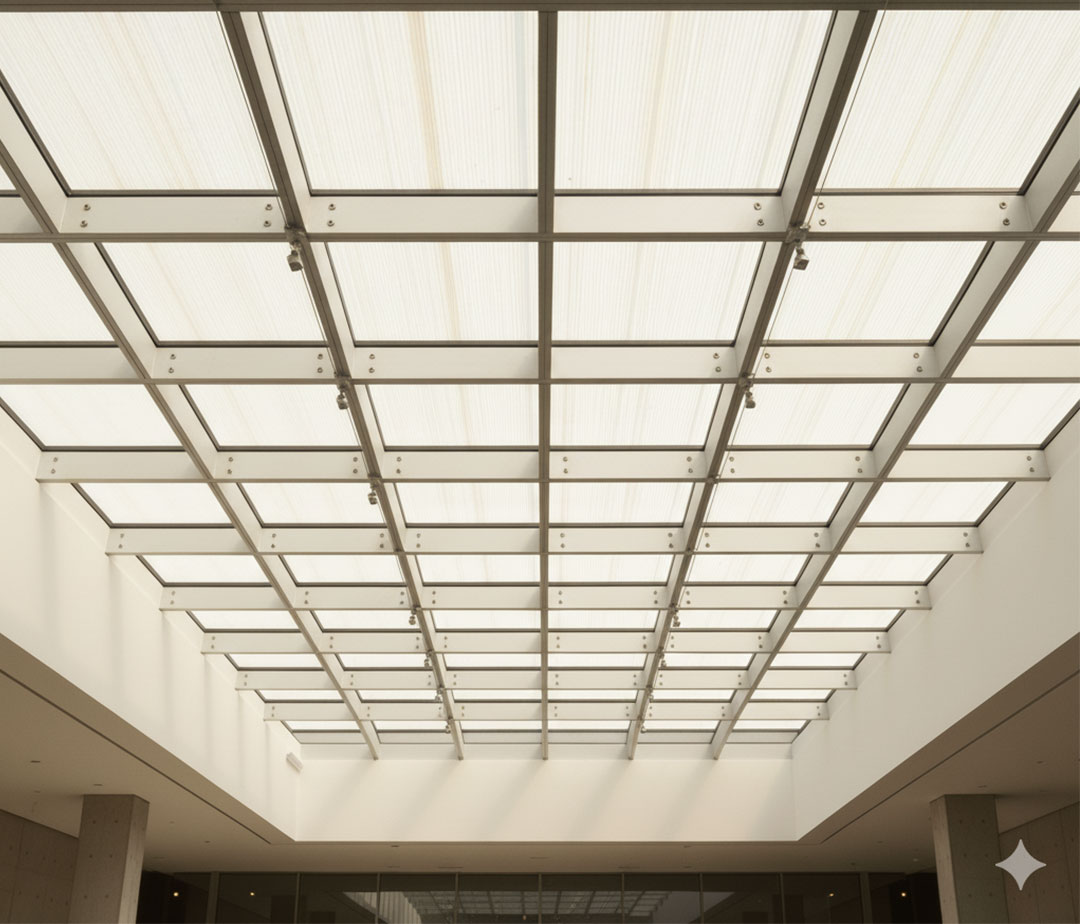
-
4. Polycarbonate Sheets (General Roofing Use)
Polycarbonate sheets are made of the same material as polycarbonate skylight panels but are designed for more general roofing applications rather than skylights specifically. They are widely used for patios, greenhouses, and awnings because of their strength and affordability.
Pros:
- Lightweight yet impact-resistant
- More affordable than glass or fiberglass
- Versatile – used in various roofing and cladding projects
Cons:
- Not optimized for skylight performance
- Lower light transmission compared to skylight-grade panels
- May provide less insulation and weather resistance
Best for cost-effective roofing solutions like greenhouses, carports, or covered walkways. Unlike skylight-grade panels, these sheets are not specifically engineered for optimal light transmission and insulation, making them less effective for indoor skylight applications.
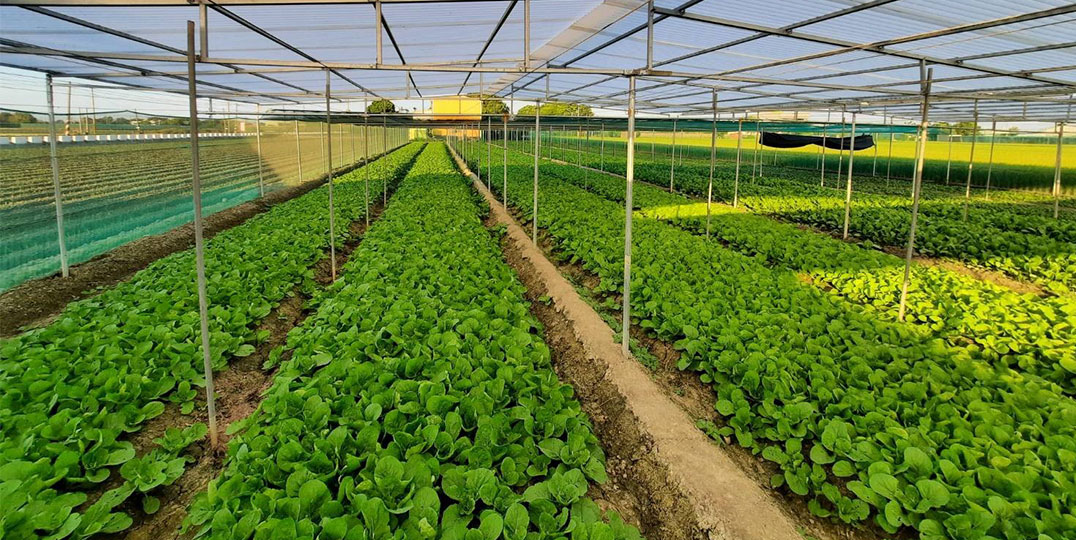
-
5. Polycarbonate Skylight Panels (Skylight-Specific)
Polycarbonate skylight panels are considered one of the best modern solutions for skylight roofing. They combine durability, energy efficiency, and excellent light transmission, making them suitable for both residential and commercial buildings.
Pros:
- High impact resistance – virtually unbreakable compared to glass
- Excellent light transmission with UV protection
- Lightweight and easy to install
- Energy-efficient – helps regulate indoor temperature
- Longer lifespan than acrylic
Cons:
- Can be more expensive than acrylic panels
- May scratch more easily than glass if not coated
Best for homeowners and businesses seeking a balance of strength, durability, and natural daylight. Ideal for homes, offices, malls, and green buildings.
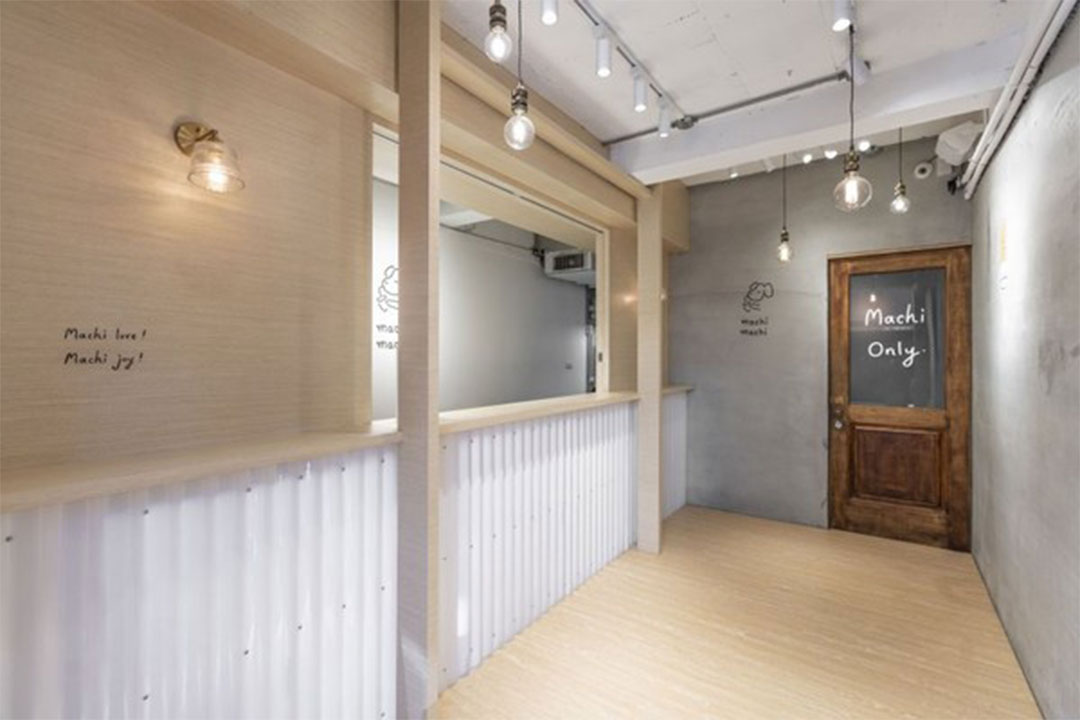
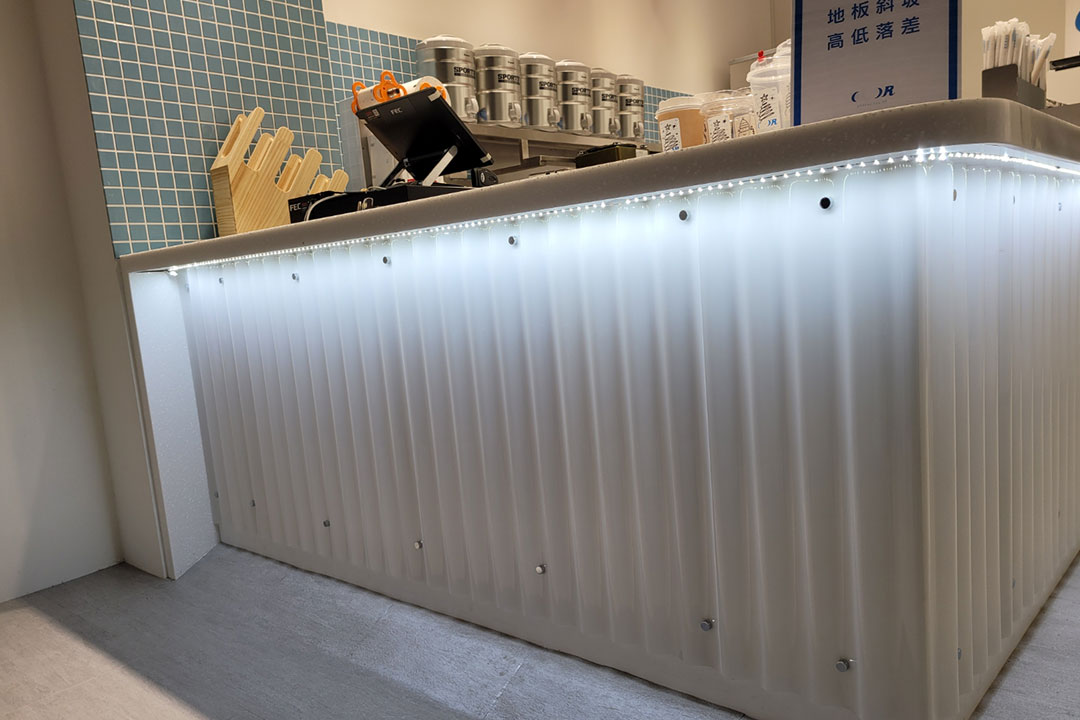
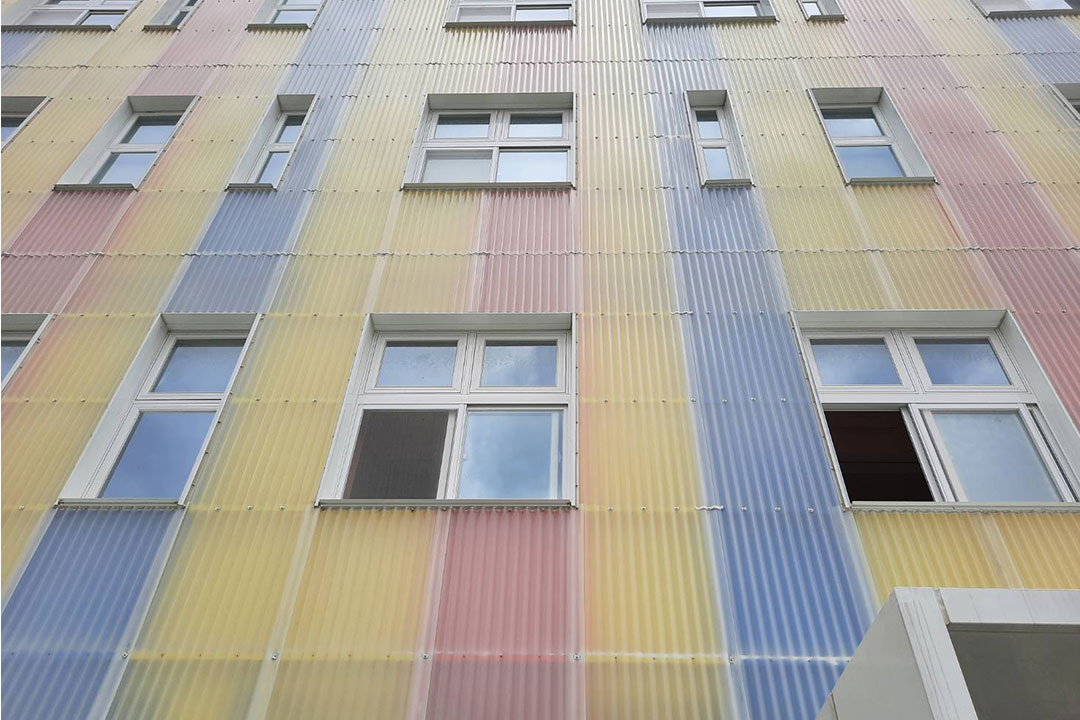
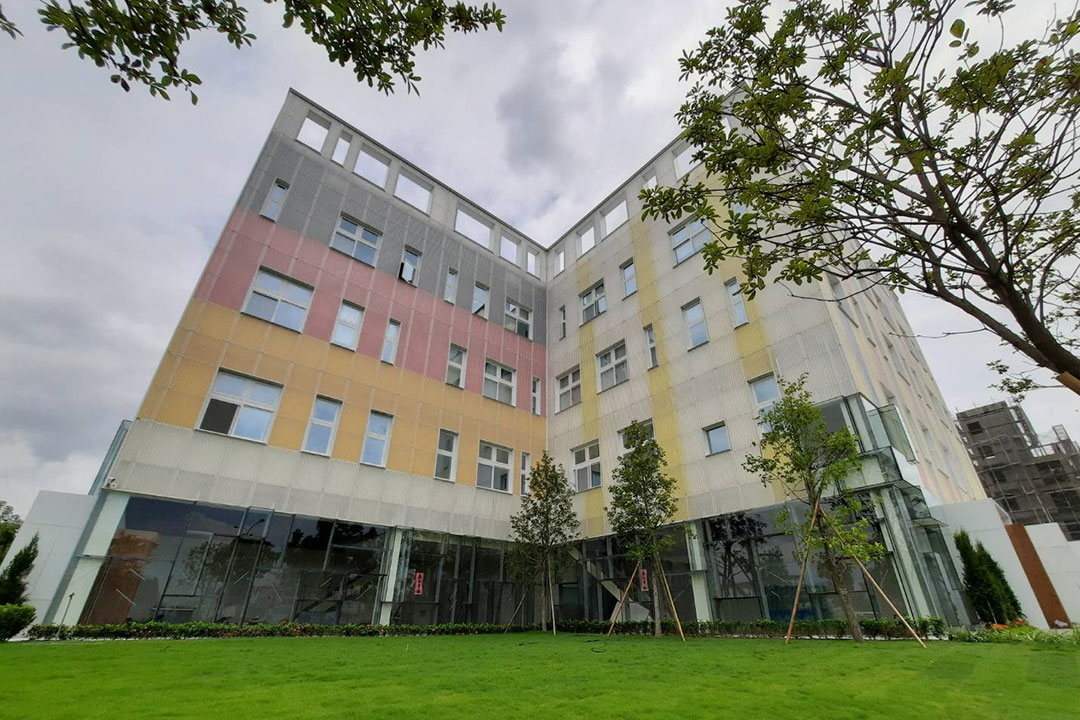
Skylight Roofing Materials Comparison Table
| Material | Lifespan (Years) | Weight | Light Transmission | Durability | Ease of Installation | Best For |
|---|---|---|---|---|---|---|
| Glass Skylight Panels | 10–15 | Heavy | Excellent | Fragile | Hard | Luxury homes, malls, offices |
| Acrylic Skylight Panels | 5–8 | Very Light | Good | Low | Easy | Budget projects, DIY, temporary roofing |
| Fiberglass Skylight Panels | 15–20 | Medium | Moderate | High | Moderate | Warehouses, industrial buildings |
| Polycarbonate Sheets | 10–15 | Light | Moderate | Medium | Easy | Patios, greenhouses, carports |
| Polycarbonate Skylight Panels | 15–25 | Light | High | Very High | Easy–Moderate | Homes, commercial buildings, energy-efficient designs |
Polycarbonate skylight panels are a great way to enhance any building's natural lighting while reducing the need for artificial lighting. Among the many skylight materials available, polycarbonate panels are becoming increasingly popular due to their superior benefits.
We hope this article has helped you gain a better understanding of the five most commonly used skylight roofing materials. Still unsure which skylight material is the best fit for your project? Our experts can help you evaluate durability, cost, and energy efficiency based on your needs. Explore our detailed product guide on polycarbonate corrugated sheets, or reach out to us for personalized recommendations.
Learn more: What Benefits Come with Using Polycarbonate Skylight Panels?
Learn more: Polycarbonate Corrugated Sheets: The Ultimate Roofing Solution for Efficiency and Longevity.


